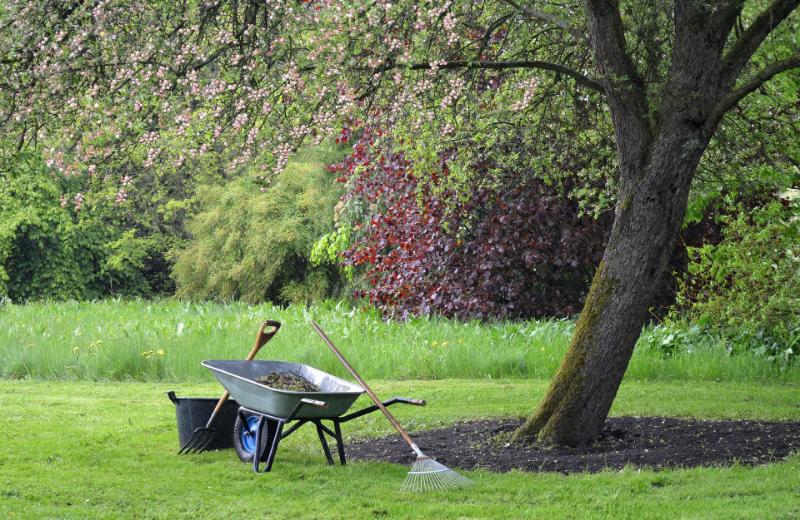As the temperatures begin to drop and the leaves start to change color, now is the time to give your garden a little TLC before winter sets in. Here are a few October garden chores to help you get started:
Clean Up Your Plants
One of the most important things you can do for your garden in the fall is to clean up any dead or dying plants. This will helps prevent diseases from spreading to healthy plants and also eliminates places where pests can overwinter. Cut back any perennials that have died back for the season and remove any annuals that are past their prime. Don’t forget to clean up any fallen leaves too!
Clean up plants
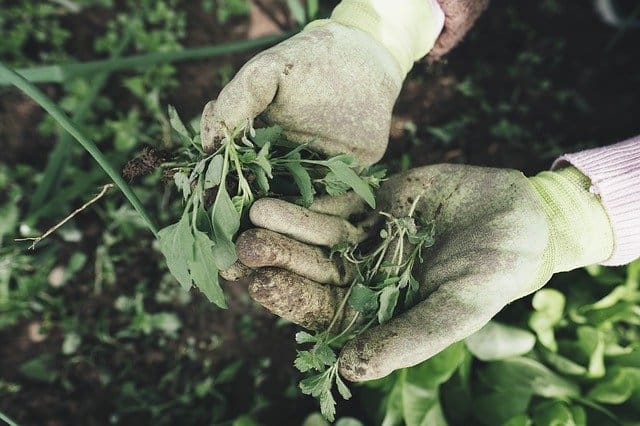
Start by deadheading any annuals or perennials that are beginning to look a little worse for wear. Cut them back to about an inch above the nearest bud or leaf axil. This will help encourage new growth in the spring. Next, trim back any shrubs or trees that have been damaged by summer storms. Remove any broken or dead branches, and cut back any suckers or water sprouts at the base of the plant. Finally, gather up any fallen leaves or other debris and put them in the compost pile.
Water and weed
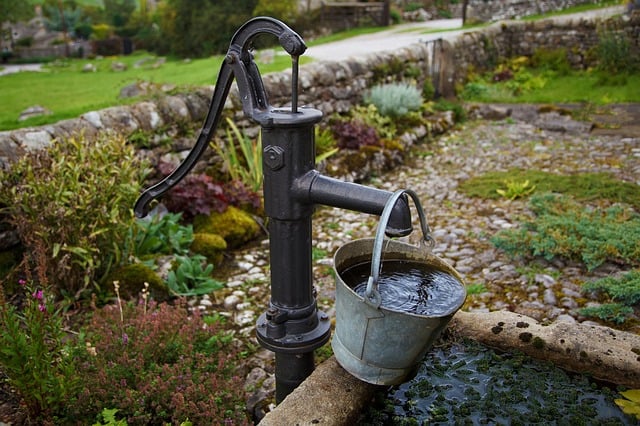
Take advantage of any warm days in October to give your plants a deep watering. This will help them stay hydrated through the winter months. Be sure to check flowerpots and other containers for drought stress as well. While you’re at it, pull any weeds that have popped up in the garden beds. If you have trouble getting rid of all the roots, consider using a weed torch to kill them off, so they don’t come back in the spring.
Rake or mow leaves
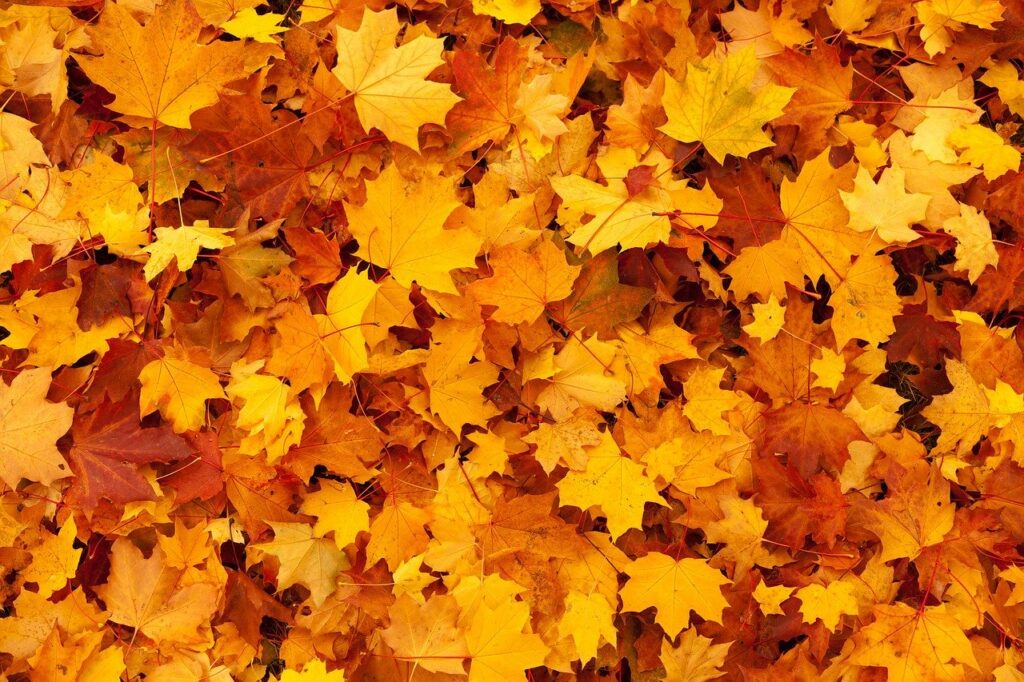
Depending on how many trees you have in your yard, this task could be as simple as raking up a few piles of leaves or as daunting as having to mow through a veritable sea of them. If you have a lot of leaves, you may want to consider mulching them with a lawn mower set to its highest setting. You can then use the mulched leaves as compost or add them to your garden beds as mulch for next year’s plants. Just be sure to remove any sticks or stones first, so they don’t damage your mower blades.
Prune evergreens

Wait until after the first frost to prune evergreen trees and shrubs such as holly, boxwood, and yews. This will help prevent them from getting frost damage on their new growth. When pruning, make sure to sterilize your pruning shears between each cut to avoid spreading disease from one plant to another. After you’re done pruning, add a layer of fresh mulch around the base of each plant to help protect it from winter weather damage.
Harvest Plants
Harvesting Herbs and Dry Them
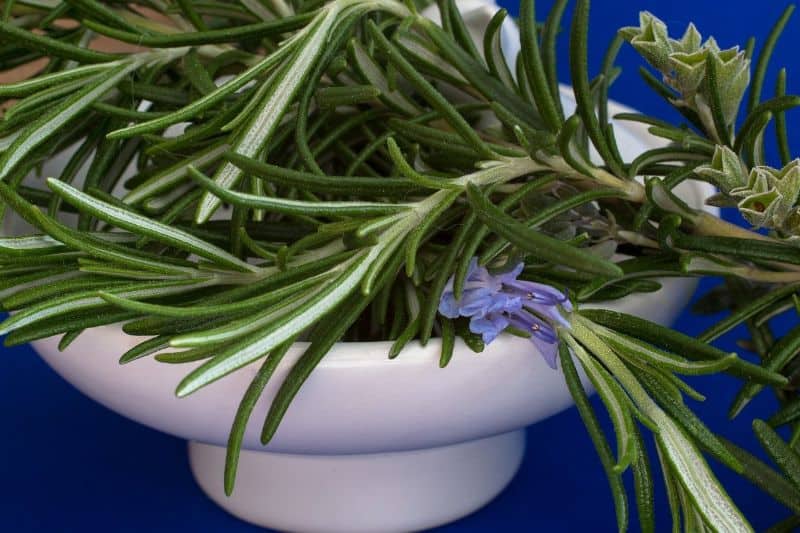
Herbs are a great addition to any dish, both for flavor and for decoration. But in order for them to last through the winter months, you need to harvest them and dry them before the frost sets in. Drying herbs is a simple process – cut the stems of the herb plant just below the leaves, remove any damaged leaves, then tie the stems together in small bundles. Hang the bundles upside down in a dark, dry place until the leaves are completely dried out – this can take anywhere from 1-2 weeks. Once they’re fully dried, store the herbs in an airtight container (like a Mason jar) in a cool, dark place – your pantry or cupboard should work perfectly.
Harvesting Squash & Pumpkins
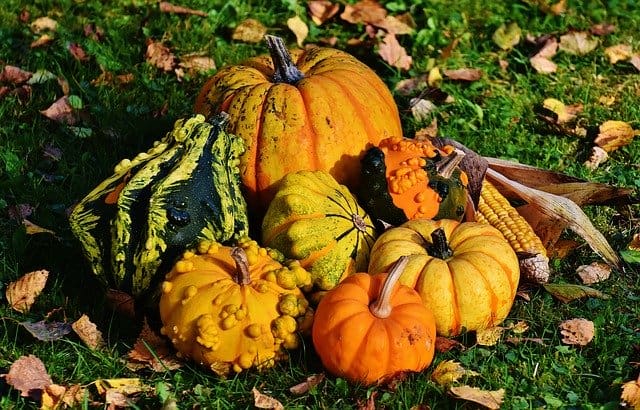
Squash and pumpkins are autumn staples, so it’s important to make sure you harvest them before they go bad. Cut the stem of the squash or pumpkin plant just above where it meets the fruit, being careful not to damage the fruit itself. Once you’ve harvested all of your squash and pumpkins, store them in a cool, dry place – like your basement or garage – until you’re ready to use them. If you want them to last even longer, consider slicing them into pieces and freezing them for later use.
Harvesting Any Remaining Tomatoes
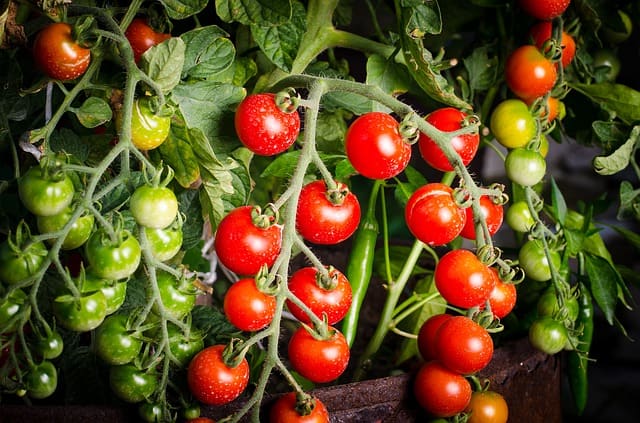
Tomatoes are notoriously finicky fruits, which is why it’s not uncommon for some to still be ripening on the vine well into October. If you have any tomatoes that haven’t quite ripened yet, go ahead and harvest them. Research shows that tomatoes actually continue to ripen after they’ve been picked, so don’t worry if they’re not quite red yet. Place them in a sunny spot inside your house (a windowsill works perfectly) and check on them daily until they’ve reached their desired level of ripeness. Once they’re ready, enjoy them fresh or use them in your favorite recipes.
Prepare Your Garden for Spring
Plant Ground Covers
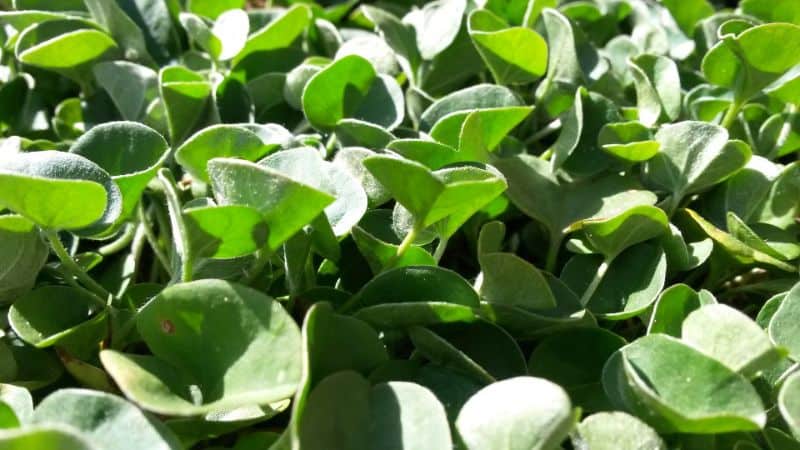
As the temperatures start to cool down, now is a great time to plant ground covers. Ground covers are low-growing plants that spread quickly and fill in empty spaces in your garden. They’re perfect for covering up bare spots and adding color and texture to your landscaping. Some of our favorite ground covers to plant in October include ajuga, vinca minor, and sedum.
Divide Perennials
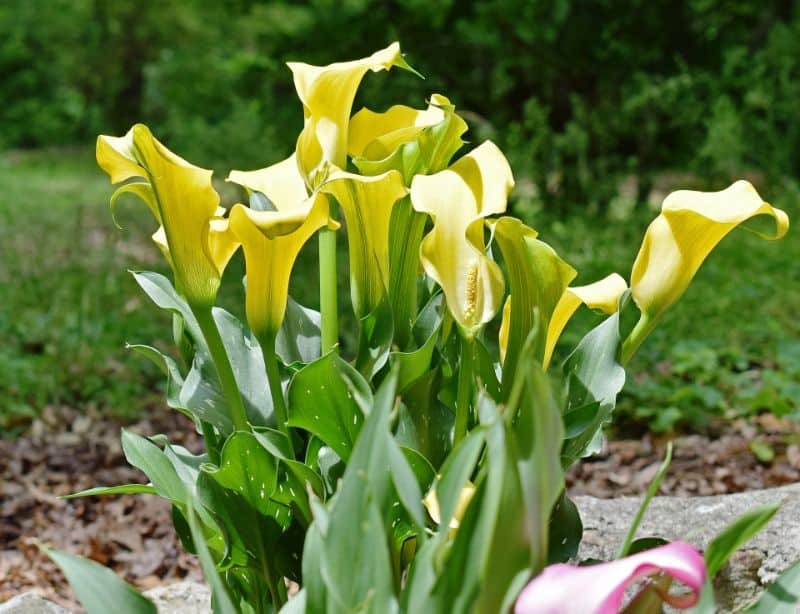
Perennials are plants that come back year after year. They’re a great addition to any garden because you don’t have to replant them every spring. Some of the best perennials to divide in October include daylilies, Shasta daisies, irises, and phlox. Dividing perennials is easy to do, and it gives you more plants to use in other areas of your garden. Simply dig up the entire plant, being careful not to damage the roots, and then use a sharp knife or spade to divide it into smaller pieces. Replant the divisions immediately in well-drained soil. Water them well and then mulch around the plants to help protect them from frost damage.
Plant Spring Bulbs
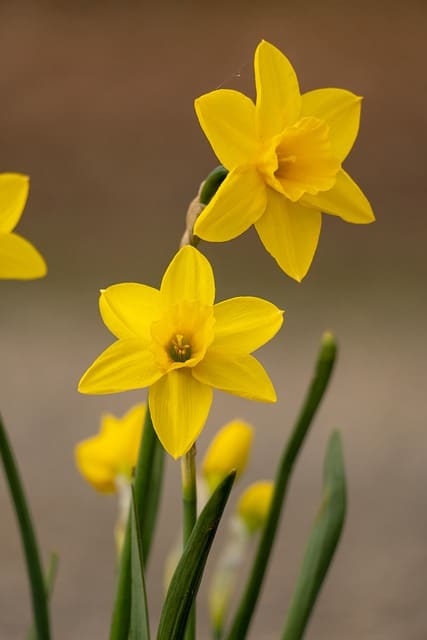
Now is the time to start planning for spring by planting spring-flowering bulbs. Bulbs are easy to grow, and they add beauty and interest to your landscape when most other plants are still dormant. Some of our favorite spring bulbs include daffodils, tulips, crocus, hyacinths, and narcissus. When planting bulbs, be sure to plant them in well-drained soil in an area that gets full sun. Most bulbs need to be planted 6-8 weeks before the first hard frost in order to give them time to develop strong roots before winter sets in. Mulch around the bulbs after planting them to help protect them from frost damage over winter.
Mulch Plants
Asparagus and Rhubarb

Cover asparagus and rhubarb with a layer of mulch to protect them from the cold. Be sure to remove any debris or dead leaves from around the plants so that the mulch can lay flat. You can use a straw, hay, or even old blankets as long as they are dry. Just be sure to remove the covering in early spring so that the plants can get some sunlight.
Mulch around Berries

Mulching around berries is important because it helps to keep the soil moist and prevents weeds from growing. You can use any type of mulch, but we recommend using something like pine needles or wood chips. Just be sure to spread it out evenly and give yourself a few inches of space between the mulch and the base of the plant.
Mulch over Azaleas, Rhododendrons

When mulching over azaleas and rhododendrons, be sure to use an organic material like compost or bark chips. This will help to improve drainage and prevent the roots from getting too wet during winter. We also recommend adding a layer of burlap over the top of the mulch to help keep it in place. Just be sure to remove it in early spring so that the plants can get some sunlight.
Clean and Oil Tools
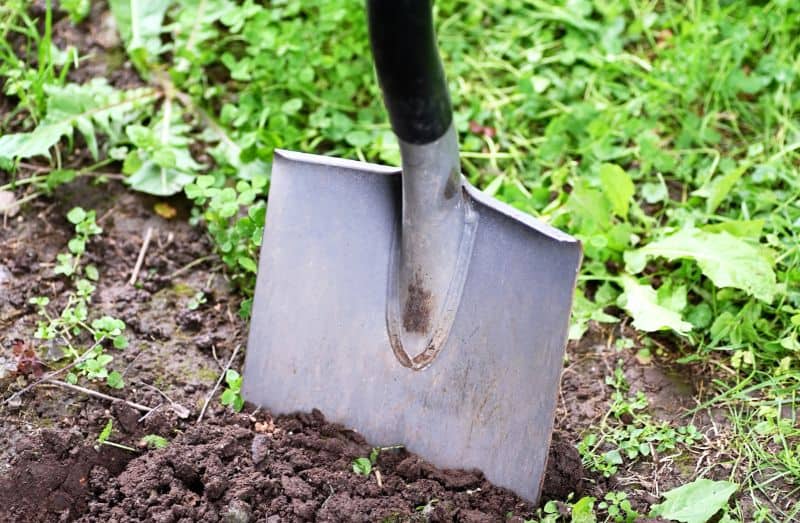
After a long growing season, your gardening tools are likely in need of a good cleaning. Rinse them off with soapy water and use a wire brush to remove any dried-on dirt or debris. Once they’re clean, dry them off and apply a light layer of oil to help prevent rusting.
Trap Moles and Gophers
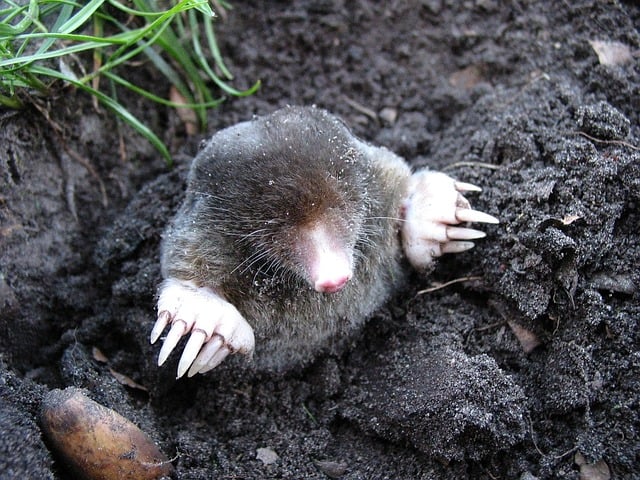
Moles and gophers can do major damage to your yard and garden in just a short amount of time. If you suspect you have one (or more) of these critters on your property, now’s the time to set traps. You can purchase traps at most hardware stores or online. Be sure to read the instructions carefully before setting them up, so you don’t accidentally hurt any other animals or yourself!
Prep Your Compost Bin
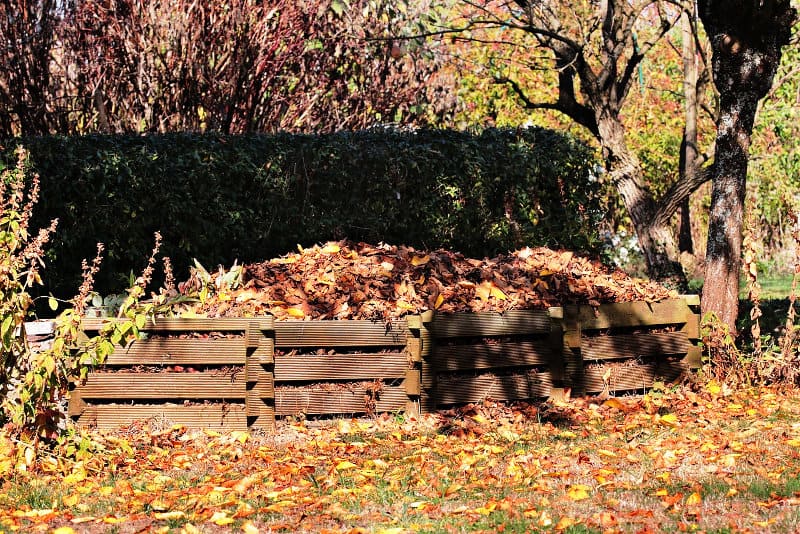
As fall rolls around, you probably have more leaves and other yard waste than you know what to do with. One great way to get rid of it is by composting it! If you don’t already have a compost bin, now’s the time to get one set up. Once you have it ready to go, start adding in your yard waste (and kitchen scraps, if you want). Come springtime; you’ll be able to use your homemade compost in your garden beds
Conclusion
October is the perfect time to start thinking about prepping your garden for winter. By taking care of a few key chores now, you’ll set yourself up for success come springtime. So what are you waiting for? Grab those gardening gloves and get to work!


